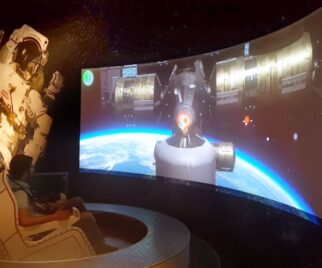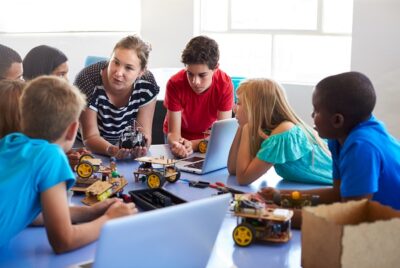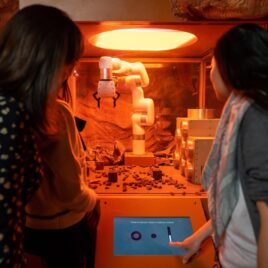Unveiling the Art and Engineering Behind the Waves
Creating captivating Interactive Water Table exhibits is an art that intertwines creativity and engineering prowess. In addition to develop interactive parts, the careful selection of materials, precision in pump and electrical equipment choices, and intricate filtering systems contribute to the success of interactive water table exhibits. Typically found in water galleries of science centers, children’s museums, and even themed parks, the demand for these interactive experiences has extended to themed venues within shopping malls. To the best of our knowledge, Boss Display is the market leader as being the pioneer for the interactive water tables in the USA. Hüttinger leads the European market as being one of the most tenured companies in the interactives business. And Sertek Exhibitions leads the field for custom-made interactive water tables in the Middle East region with many water-themed exhibit installations in the UAE, Qatar, Bahrain and Jordan.
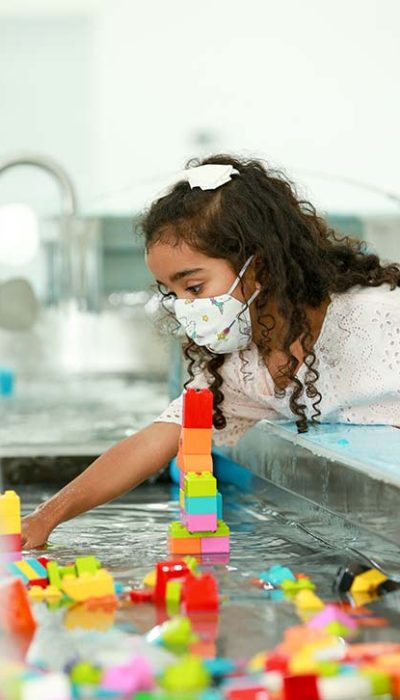
Attractions in the Aquatic Realm
Interactive Water Table or Waterplay exhibits boast an array of attractions that delight visitors of all ages. From the mesmerizing Tsunami and Hanging Pools to the whimsical Raining Clouds, the exhibits also feature engaging elements like Water Wheel & Conveyor, Lego, Huge Bucket, Fishing, Dancing Balls, Water Wall, Bubble Maker, Dams, Water Basket, Ball Launch, Sink Table, Music Station, Ball Lift, Archimedes Screw, Mist Station, Stream Barrier, Water Curtain, Chaotic Water Fountain, Ripple Plate, Carbon Filtering, Crane and Ship, Shining Mushroom, Animals, Boat Racing, Target Shooting with Nozzles, Water Basket, Rail and Vortex, Probability Wall, Obstacle Wall and more. The design and construction of a custom-made interactive water table hinge on the allocated gallery space and the desired attractions.
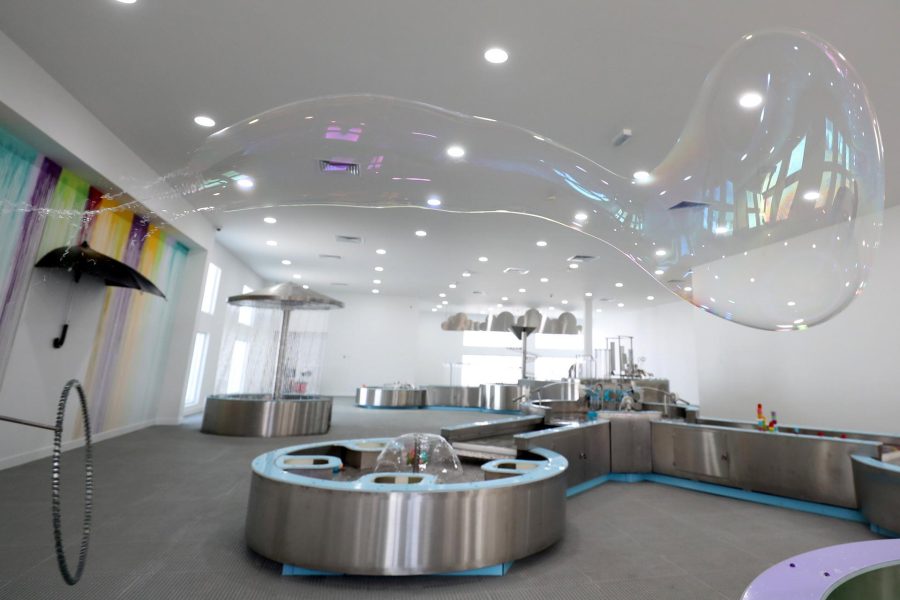
The Design Process of Interactive Water Table Exhibits
For a small-sized custom water table exhibit, the design and build lead time typically falls under four months. Technical drawings play a pivotal role in determining water flow directions, tank dimensions, and the overall water system’s specifications. Customizing interactive equipment tailored to the venue is a collaborative process with the client, ensuring the exhibit aligns with their vision.

Infrastructure Requirements
Technical drawings pave the way for crucial decisions on water tank dimensions, water flow directions, and overall water system specifications. The main power-consuming elements, such as pumps and hydrophores, are determined based on these specifications. Informing the client or building contractor about the total power requirements is essential for seamless integration.
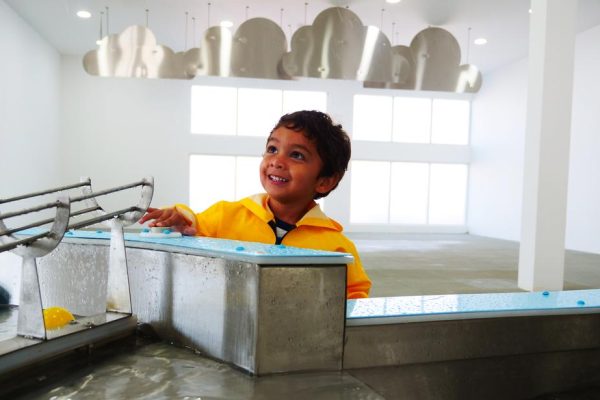
Control Room Considerations
Typically, a separate control room close to the exhibit is desirable for ease of maintenance. The project’s size may influence this consideration. The control room houses water tanks, water treatment systems, and electronic control units. This provides easy access and maintenance for venue staff. In cases where space is limited, integrating these systems into the Water Table exhibit is a viable solution.
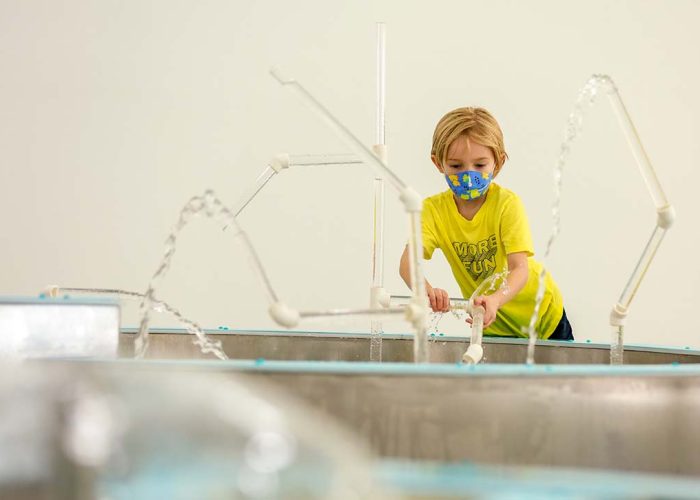
The Inner Workings
The Interactive Water Table exhibit operates seamlessly to provide a delightful experience. A water tank, hidden within the exhibit or located in the control room, automatically replenishes water levels through a float valve. The water undergoes a continuous cycle of filtration and treatment, involving particle filters, sand filters, UV filters, and Salt Chlorine Generators. This ensures the water remains clean, meeting inspection standards similar to those of swimming pools.
Flooring Options
The choice of flooring depends on the scale of the Interactive Water Table exhibit. Small-scale exhibits often feature PVC or non-slippery rubber flooring, easy to clean and maintain. In larger exhibits, mesh flooring, composed of raised FRP grating, is employed. Leaked water is directed through sloped concrete channels fitted with FRP gratings, ensuring efficient drainage.


